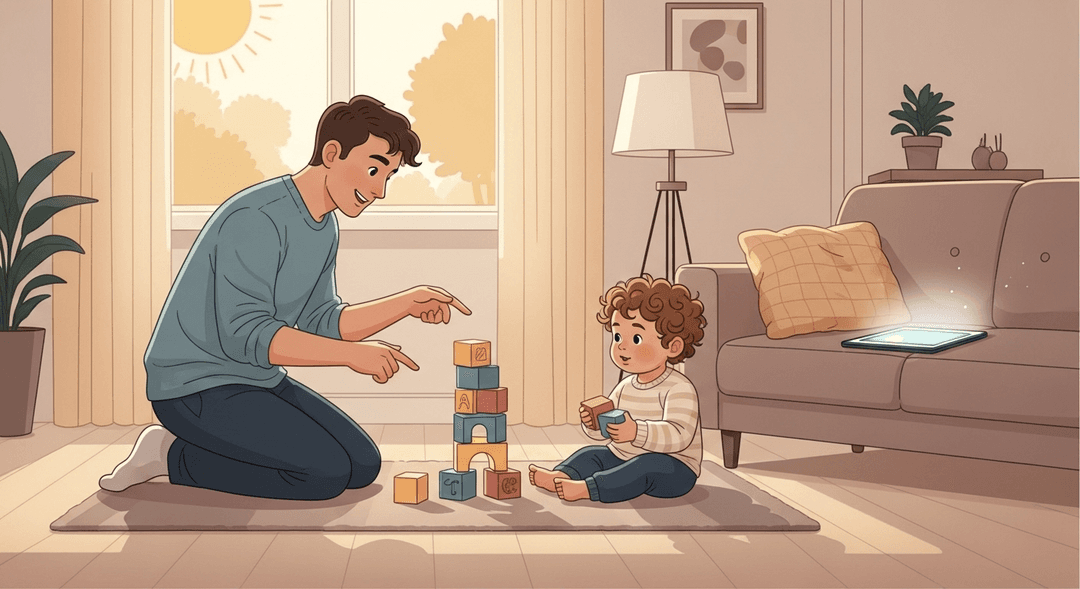Limit Screen Time, Especially in Early Years
Ah, the modern gladiator arena: you versus the glowing rectangle. If you’ve ever found yourself negotiating with a two-year-old like you’re at the U.N. (“Just one more episode, then we’ll build a block tower, okay?”), this one’s for you. Prioritizing play over Peppa Pig isn’t just for the parenting books—it’s for those real moments when you realize your child can swipe before they can stack blocks. Let’s talk about why unplugging (a little) might actually save your sanity and their synapses.
Real-world play is like rocket fuel for little brains—think more connections, better focus, and less chance of them turning into a tiny tech support agent before kindergarten. For parents, it means more giggles, fewer meltdowns, and the warm, fuzzy feeling that comes from knowing you’re helping your kid’s brain wire up for creativity and self-control instead of just learning to skip ads.
How to do it
Start by setting a screen time schedule (yes, even if it feels like herding cats). This helps create a predictable routine and sets clear expectations.
Swap out one show for an active alternative, like a silly dance party or a block tower demolition derby. These activities can be just as engaging and much more interactive.
Keep your own phone out of sight (ouch, I know). Modeling good screen habits makes a big difference.
Stash a ‘boredom buster’ box nearby. Fill it with puzzles, playdough, or even random kitchen utensils to spark creativity and keep little hands busy.
When the whining starts, channel your inner game show host:
“Let’s see what’s behind door number two—crayons or couch cushion fort?”
Key Tips:
- Consistency is key with screen time schedules.
- Physical activities can be just as fun as screens.
- Kids notice your habits—try to limit your own device use.
- Rotate items in the boredom buster box to keep things fresh.
- Turn transitions into games to make them more appealing.
